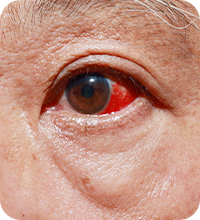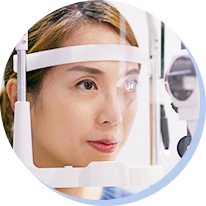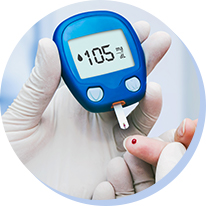1
Before a baby is born, there are lots of blood vessels that contain blood cells in
the vitreous. These blood vessels are usually absorbed naturally before baby birth.
However, if they are not completely absorbed, some blood vessels will remain in the
vitreous and floaters will appear.

2
As we age, the vitreous gel degenerates gradually and shrinks with liquefaction.
During liquefaction, some vitreous fibers become floaters in strands, threads,
squiggly lines or transparent colorless shapes which float in the vitreous. These
conditions usually appear among elderly and people with high myopia, who will
develop eye floaters at an earlier age.


 Scan the QR code by using WeChat App
Scan the QR code by using WeChat App






















 Laser
Therapy
Laser
Therapy











